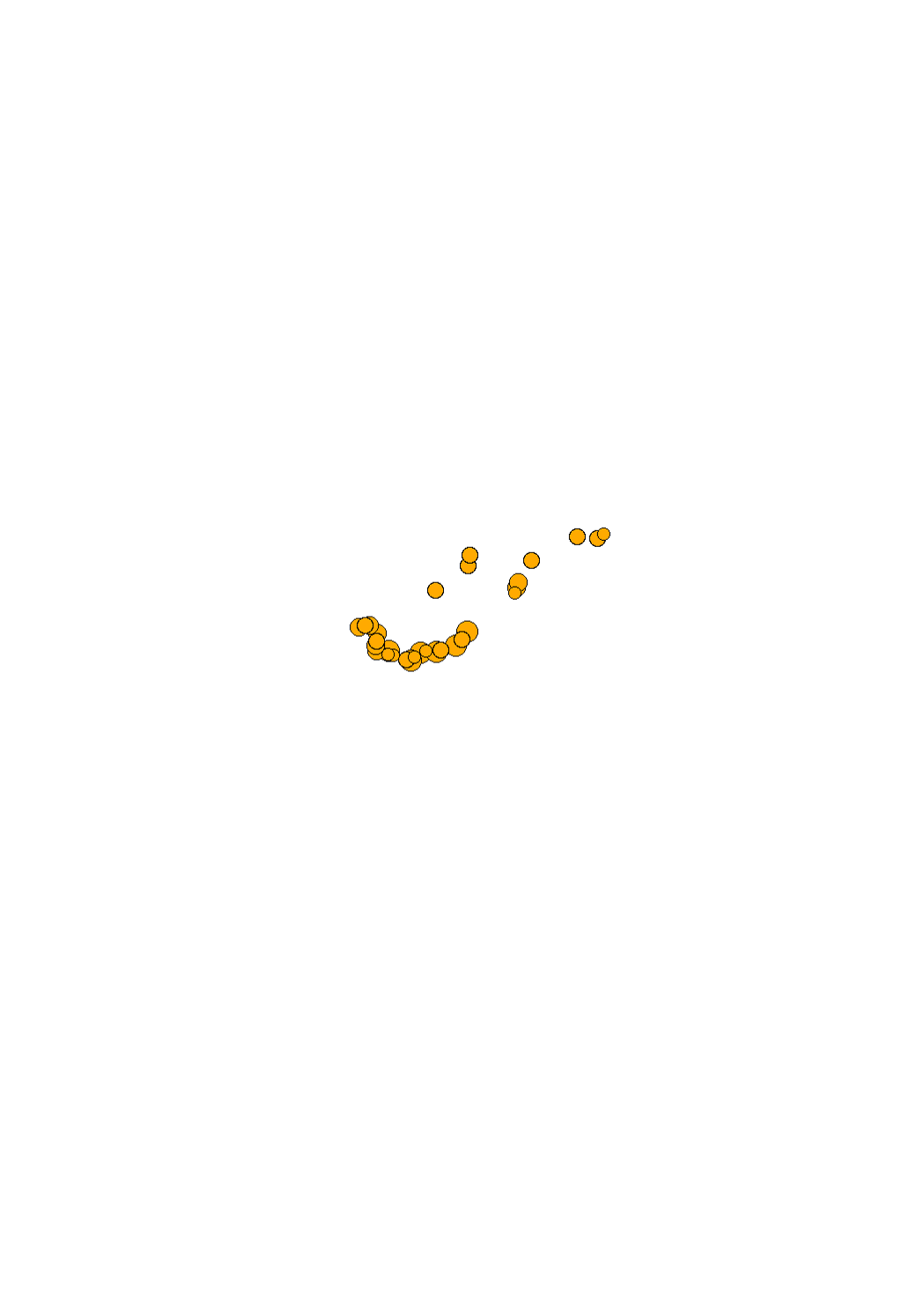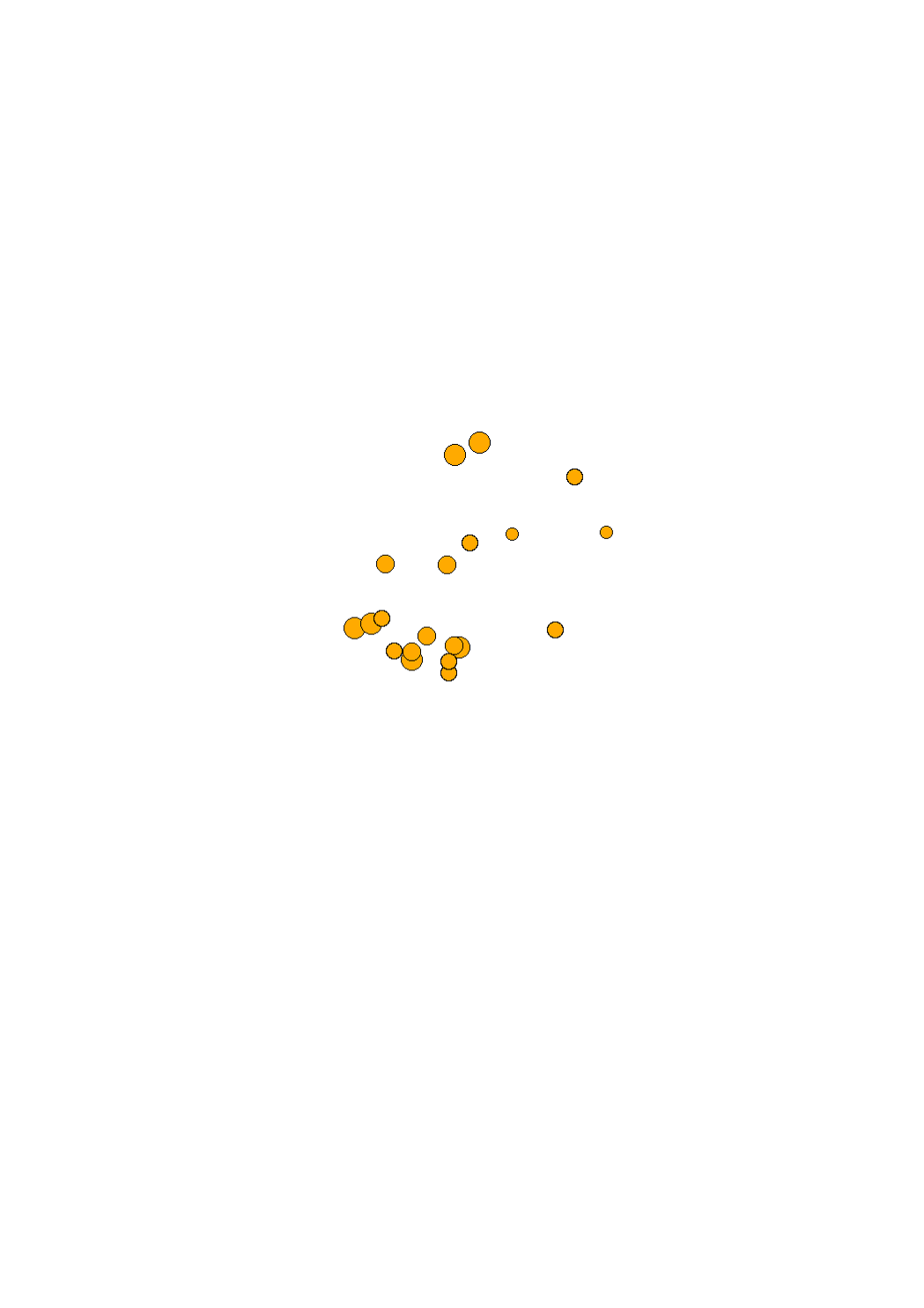Administration de l'Environnement
Type of resources
Available actions
Topics
Keywords
Contact for the resource
Provided by
Groups
Years
Formats
Representation types
Update frequencies
status
Scale
-
The cellular phone cadastre shows the locations and permits on classified establishments for GSM transmitting antennas operating in the frequency band of 3.6 GHz
-

The cellular phone cadastre shows the locations and permits on classified establishments for GSM transmitting antennas operating in the frequency band between 703 MHz and 3,750 MHz.
-

Noise map of all the major roads of more than 3 million vehicles per year located on the territory of the Grand-duchy of Luxemburg and all roads inside of agglomerations. This map is representative for the year 2011 and is using the noise index LNGT. This noise map has been elaborated in the context of the DIRECTIVE 2002/49/EC OF THE EUROPEAN PARLIAMENT AND OF THE COUNCIL of 25 June 2002 relating to the assessment and management of environmental noise, transposed into national law by the loi du 2 août 2006 modifiant la loi modifiée du 21 juin 1976 relative à la lutte contre le bruit and the règlement grand-ducal du 2 août 2006 portant application de la directive 2002/49/CE relative à l'évaluation et à la gestion du bruit dans l'environnement. Attributes: LNGT = 90 -> LNGT 85 - 90 dB(A) LNGT = 85 -> LNGT 80 - 85 dB(A) LNGT = 80 -> LNGT 75 - 80 dB(A) LNGT = 75 -> LNGT 70 - 75 dB(A) LNGT = 70 -> LNGT 65 - 70 dB(A) LNGT = 65 -> LNGT 60 - 65 dB(A) LNGT = 60 -> LNGT 55 - 60 dB(A) LNGT = 55 -> LNGT 50 - 55 dB(A) LNGT = 50 -> LNGT 45 - 50 dB(A)
-

Noise map of all the major roads of more than 3 million vehicles per year located on the territory of the Grand-duchy of Luxemburg and all roads inside of agglomerations. This map is representative for the year 2011 and is using the noise index LDEN. This noise map has been elaborated in the context of the DIRECTIVE 2002/49/EC OF THE EUROPEAN PARLIAMENT AND OF THE COUNCIL of 25 June 2002 relating to the assessment and management of environmental noise, transposed into national law by the loi du 2 août 2006 modifiant la loi modifiée du 21 juin 1976 relative à la lutte contre le bruit and the règlement grand-ducal du 2 août 2006 portant application de la directive 2002/49/CE relative à l'évaluation et à la gestion du bruit dans l'environnement. Attributes: LDEN = 90 -> LDEN 85 - 90 dB(A) LDEN = 85 -> LDEN 80 - 85 dB(A) LDEN = 80 -> LDEN 75 - 80 dB(A) LDEN = 75 -> LDEN 70 - 75 dB(A) LDEN = 70 -> LDEN 65 - 70 dB(A) LDEN = 65 -> LDEN 60 - 65 dB(A) LDEN = 60 -> LDEN 55 - 60 dB(A) LDEN = 55 -> LDEN 50 - 55 dB(A) LDEN = 50 -> LDEN 45 - 50 dB(A)
-

Noise map of the major railways of more than 30'000 trains per year located on the territory of the Grand-duchy of Luxemburg and inside of agglomerations consisting of Luxemburg city, Bertrange, Hesperange, Walferdange, and Steinsel.. This map is representative for the year 2011 and is using the noise index LNGT. This noise map has been elaborated in the context of the DIRECTIVE 2002/49/EC OF THE EUROPEAN PARLIAMENT AND OF THE COUNCIL of 25 June 2002 relating to the assessment and management of environmental noise, transposed into national law by the loi du 2 août 2006 modifiant la loi modifiée du 21 juin 1976 relative à la lutte contre le bruit and the règlement grand-ducal du 2 août 2006 portant application de la directive 2002/49/CE relative à l'évaluation et à la gestion du bruit dans l'environnement. LNGT = 90 -> LNGT 85 - 90 dB(A) LNGT = 85 -> LNGT 80 - 85 dB(A) LNGT = 80 -> LNGT 75 - 80 dB(A) LNGT = 75 -> LNGT 70 - 75 dB(A) LNGT = 70 -> LNGT 65 - 70 dB(A) LNGT = 65 -> LNGT 60 - 65 dB(A) LNGT = 60 -> LNGT 55 - 60 dB(A) LNGT = 55 -> LNGT 50 - 55 dB(A) LNGT = 50 -> LNGT 45 - 50 dB(A)
-

-

In order to apply noise hotspot prioritisation factors objectively and systematically, a new index is introduced. The Comparative Noise Exposure Unit (UCEden) is an index based on the Lden noise index and is evaluated on the basis of strategic noise mapping. The exposure of a site is characterized according to the number of people disturbed and the Lden level to which these people are exposed. For this purpose, the UCE is defined according to the formula indicated in the legend where the UCEden is without unit, and N corresponds to the number of dwellings on the site, Pi corresponds to the number of persons domiciled at dwelling i, and Li is equal to the noise level Lden at the most exposed façade of dwelling i. Although the Li level is expressed in decibel (dB), the UCEden is actually an indicator without dimension, combining the exposed people and the exposure level of the dwelling they occupy. For more information, please access the elaborated noise action plans at www.emwelt.lu.
-

In order to apply noise hotspot prioritisation factors objectively and systematically, a new index is introduced. The Comparative Noise Exposure Unit (UCEden) is an index based on the Lden noise index and is evaluated on the basis of strategic noise mapping. The exposure of a site is characterized according to the number of people disturbed and the Lden level to which these people are exposed. For this purpose, the UCE is defined according to the formula indicated in the legend where the UCEden is without unit, and N corresponds to the number of dwellings on the site, Pi corresponds to the number of persons domiciled at dwelling i, and Li is equal to the noise level Lden at the most exposed façade of dwelling i. Although the Li level is expressed in decibel (dB), the UCEden is actually an indicator without dimension, combining the exposed people and the exposure level of the dwelling they occupy. For more information, please access the elaborated noise action plans at www.emwelt.lu.
-

In order to apply noise hotspot prioritisation factors objectively and systematically, a new index is introduced. The Comparative Noise Exposure Unit (UCEden) is an index based on the Lden noise index and is evaluated on the basis of strategic noise mapping. The exposure of a site is characterized according to the number of people disturbed and the Lden level to which these people are exposed. For this purpose, the UCE is defined according to the formula indicated in the legend where the UCEden is without unit, and N corresponds to the number of dwellings on the site, Pi corresponds to the number of persons domiciled at dwelling i, and Li is equal to the noise level Lden at the most exposed façade of dwelling i. Although the Li level is expressed in decibel (dB), the UCEden is actually an indicator without dimension, combining the exposed people and the exposure level of the dwelling they occupy. For more information, please access the elaborated noise action plans at www.emwelt.lu.
-

Noise map of the major railways of more than 30'000 trains per year located on the territory of the Grand-duchy of Luxemburg and inside of agglomerations consisting of Luxemburg city, Bertrange, Hesperange, Walferdange and Steinsel.. This map is representative for the year 2011 and is using the noise index LDEN. This noise map has been elaborated in the context of the DIRECTIVE 2002/49/EC OF THE EUROPEAN PARLIAMENT AND OF THE COUNCIL of 25 June 2002 relating to the assessment and management of environmental noise, transposed into national law by the loi du 2 août 2006 modifiant la loi modifiée du 21 juin 1976 relative à la lutte contre le bruit and the règlement grand-ducal du 2 août 2006 portant application de la directive 2002/49/CE relative à l'évaluation et à la gestion du bruit dans l'environnement. LNGT = 90 -> LNGT 85 - 90 dB(A) LNGT = 85 -> LNGT 80 - 85 dB(A) LNGT = 80 -> LNGT 75 - 80 dB(A) LNGT = 75 -> LNGT 70 - 75 dB(A) LNGT = 70 -> LNGT 65 - 70 dB(A) LNGT = 65 -> LNGT 60 - 65 dB(A) LNGT = 60 -> LNGT 55 - 60 dB(A) LNGT = 55 -> LNGT 50 - 55 dB(A) LNGT = 50 -> LNGT 45 - 50 dB(A)
 geocatalogue.geoportail.lu
geocatalogue.geoportail.lu